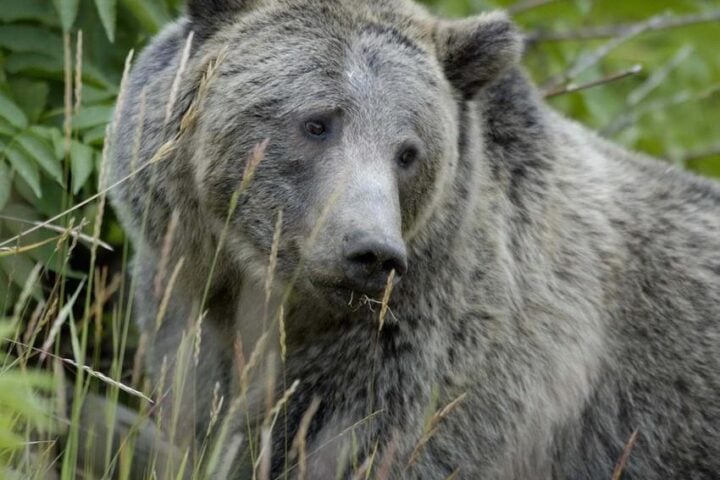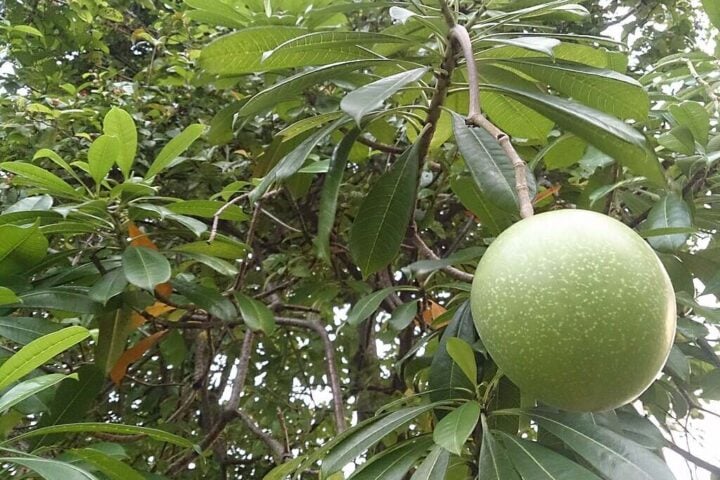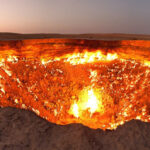Researchers from Tampere University of Finland and the University of Pittsburgh in the US have created a miniature robot that mimics the aerial motion of falling maple seeds. This technology could revolutionize fields like search-and-rescue operations, studies of endangered species, and infrastructure monitoring. Working at the intersection of physics, soft mechanics, and material engineering, Professor Hao Zeng and Doctoral Researcher Jianfeng Yang are at the forefront of the Light Robots research group at Tampere University.
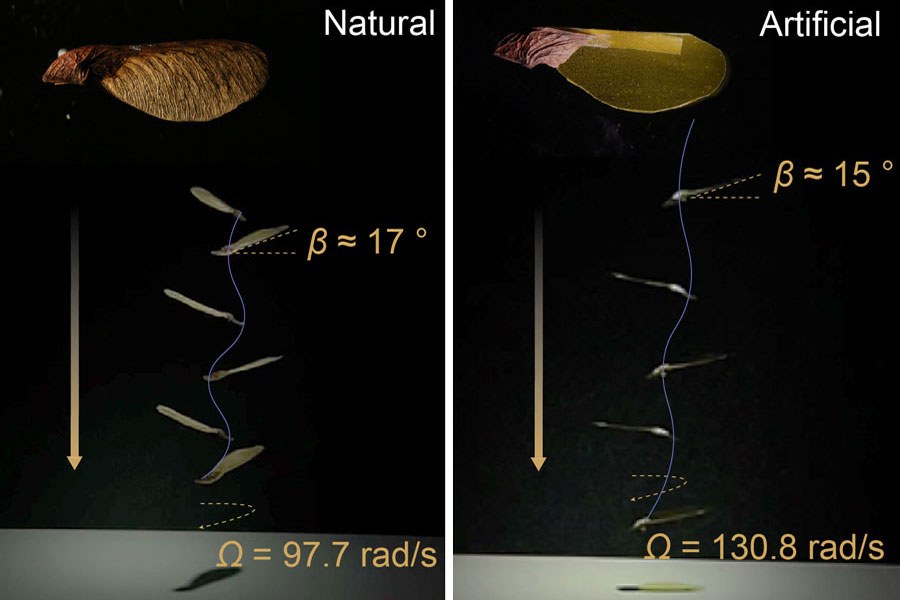
Zang and Yang utilized a light-activated smart material to manipulate the gliding behavior of an artificial maple seed, in collaboration with Prof. Essar M. Ravi Shankar from the University of Pittsburgh’s Swanson School of Engineering. An artificial maple seed that can be actively controlled using light has been developed by the researchers. Inspiration from the diverse gliding seeds of Finnish trees was drawn by the researchers, as each showed a unique and captivating flight pattern.
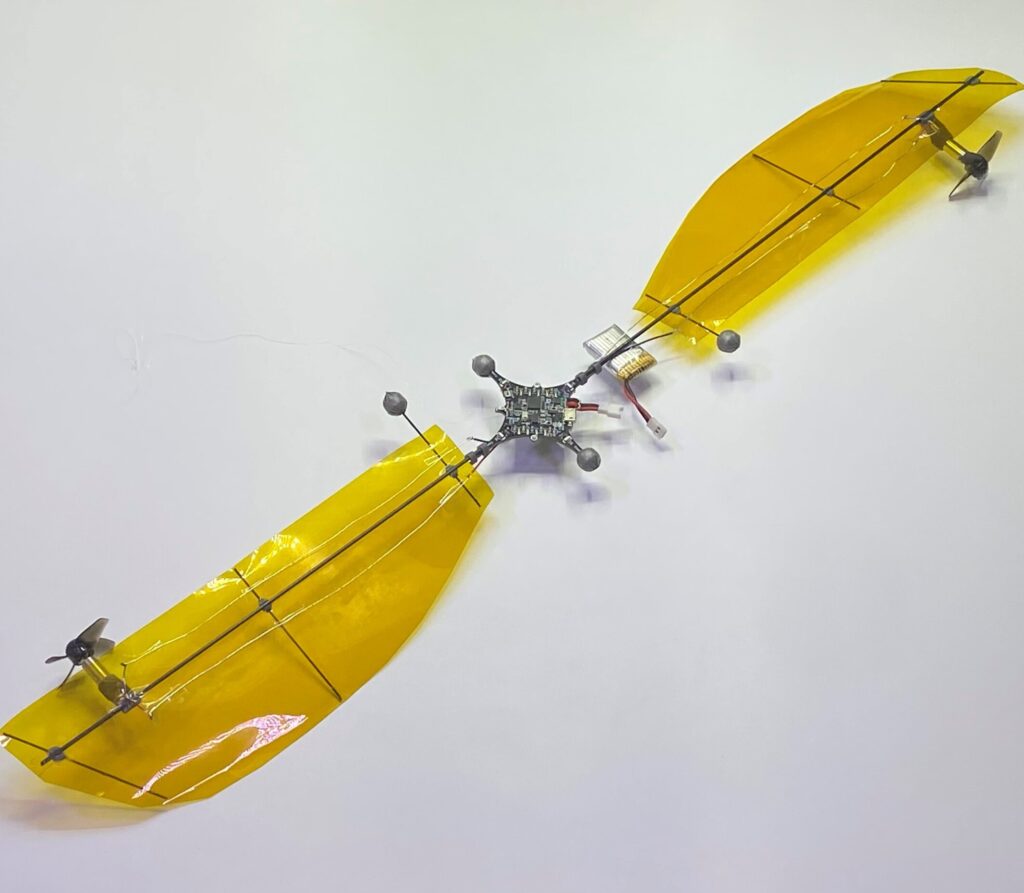
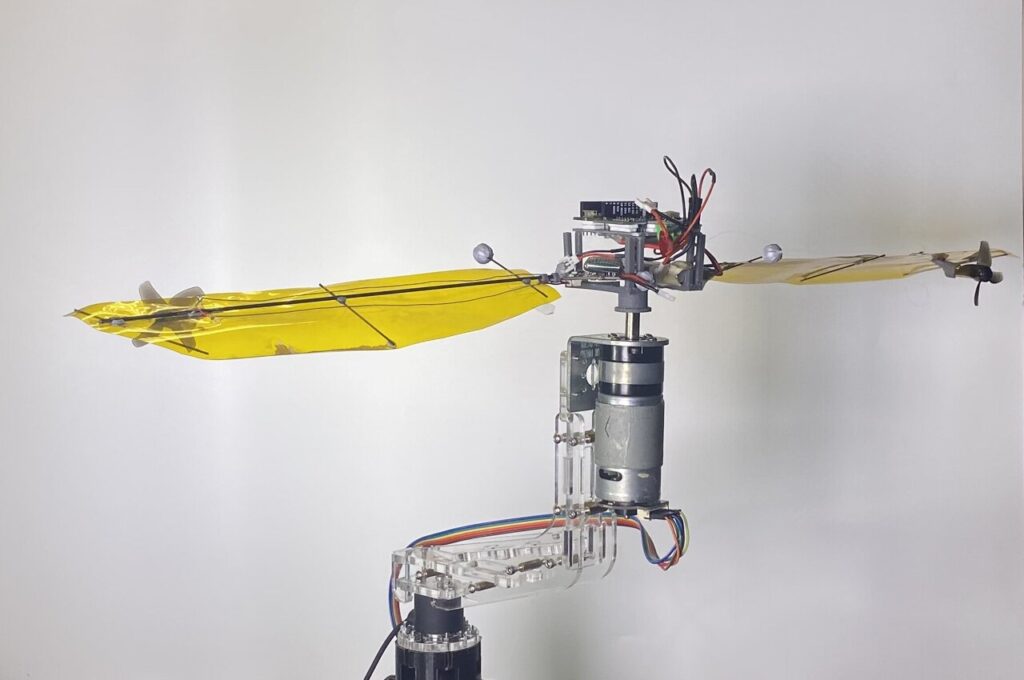
Jianfeng Yang, Doctoral Researcher at Tampere University, said, “The tiny light-controlled robots are designed to be released into the atmosphere, utilizing passive flight to disperse widely through interactions with surrounding airflows. Equipped with GPS and various sensors, they can provide real-time monitoring of local environmental indicators like pH levels and heavy metal concentrations,” Zang says, “The artificial maple seeds outperform their natural counterparts in adjustable terminal velocity, rotation rate, and hovering positions, enhancing wind-assisted long-distance travel through self-rotation.”
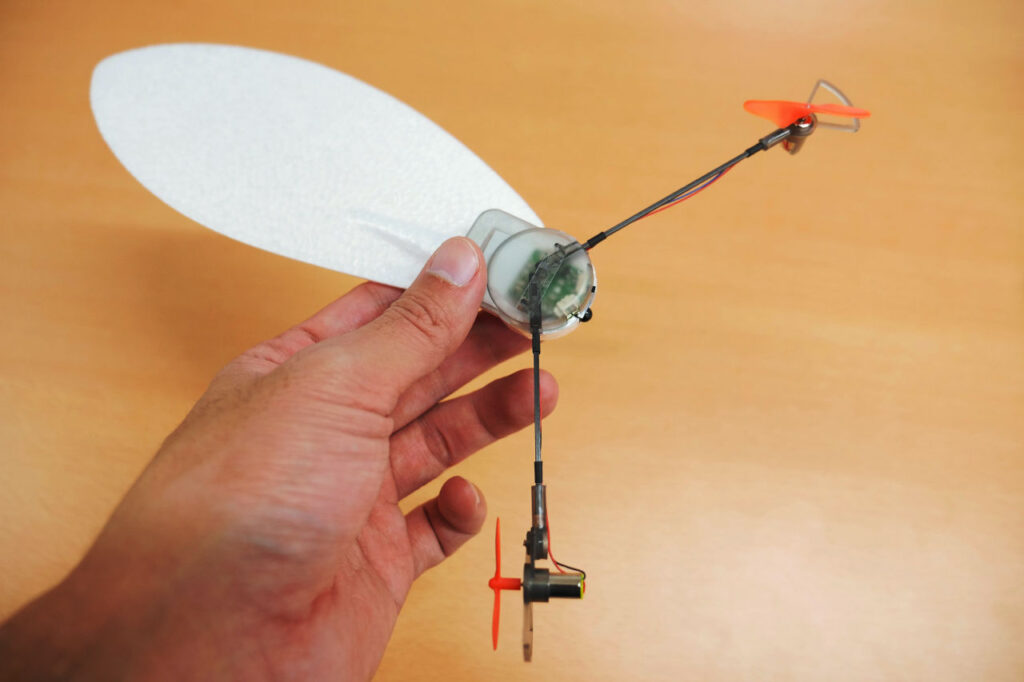
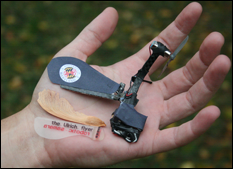
Their first dandelion-seed-like mini robot within the project Flying Aero-robots based on Light Responsive Materials Assembly – FAIRY was released by Zena and Yang at the beginning of 2023. Funded by the Research Council of Finland, the project started in September 2021 and will continue until August 2026. M. Ravi Shankar explains, “Whether it is seeds or bacteria or insects, nature provides them with clever templates to move, feed and reproduce. Often this comes via a simple, but remarkably functional, mechanical design.” According to him, advances in materials that are photosensitive are able to dictate mechanical behavior at almost the molecular level.
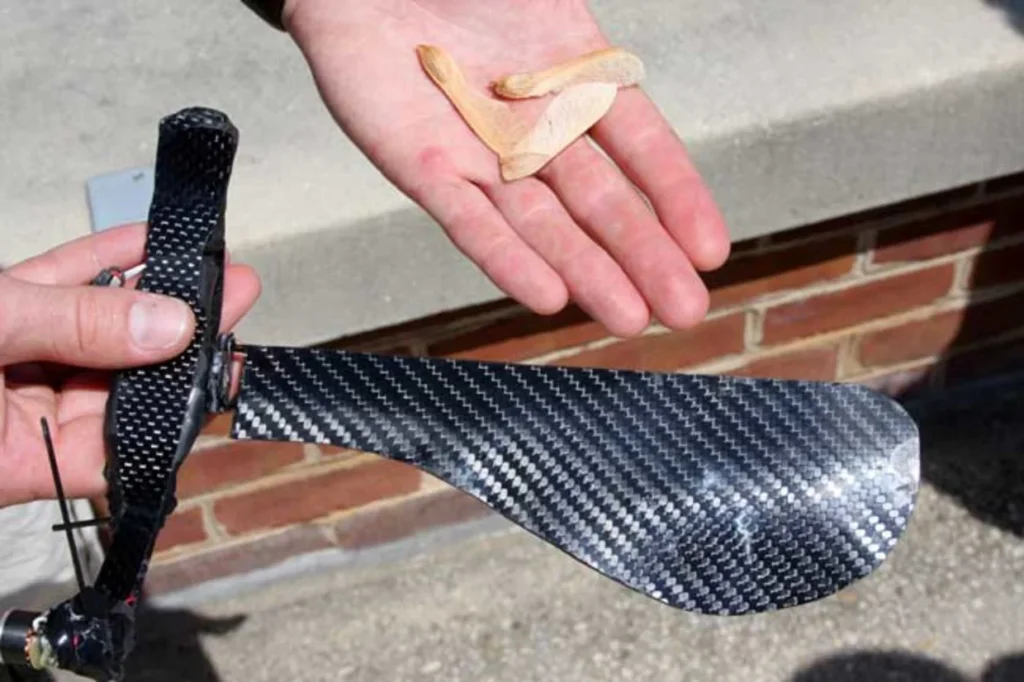
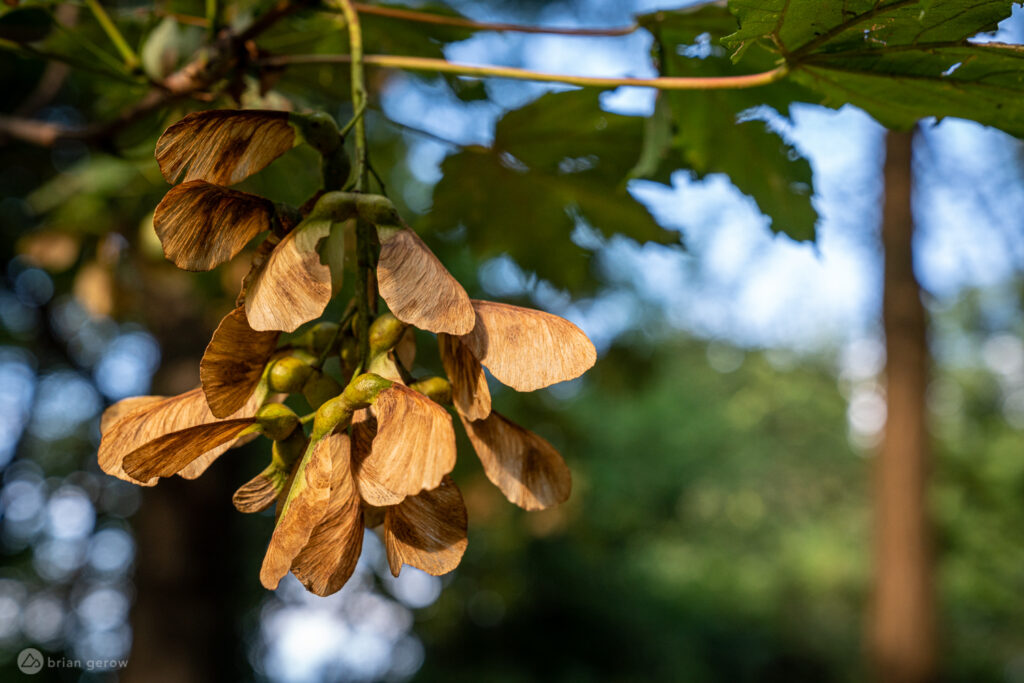
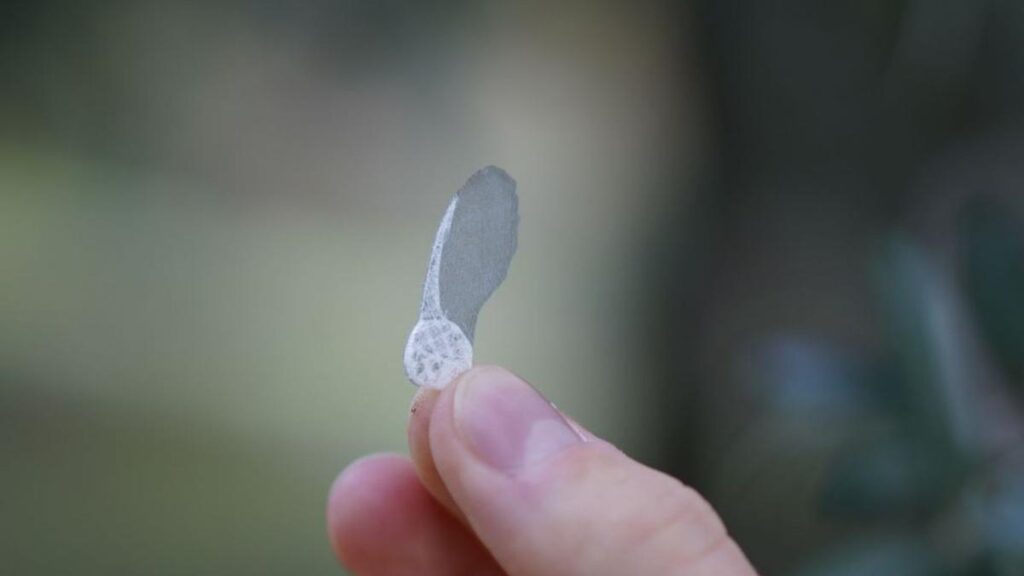
Ravi Shankar adds that they have the potential to create micro robots, drones, and probes that can not only reach inaccessible areas but also relay critical information to the user. He adds, “This could be a game changer for fields such as search-and-rescue, endangered or invasive species studies, or infrastructure monitoring.” Jianfeng Yang, M. Ravi Shankar, and Hao Zeng published the article “Photochemical Responsive Polymer Films Enable Tunable Gliding Flight” in Nature Communications on June 1, 2024. Using AI, Hao Zena created the following poetic lines: “In Finland, trees tower tall. Above the buildings, standing all. In winds, their seeds take flight. Gliding, spinning, in the light.”
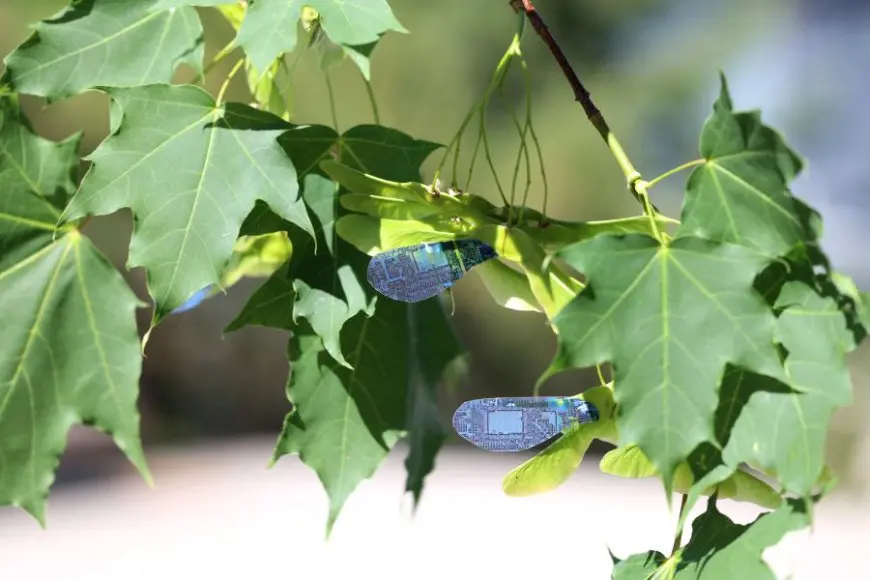
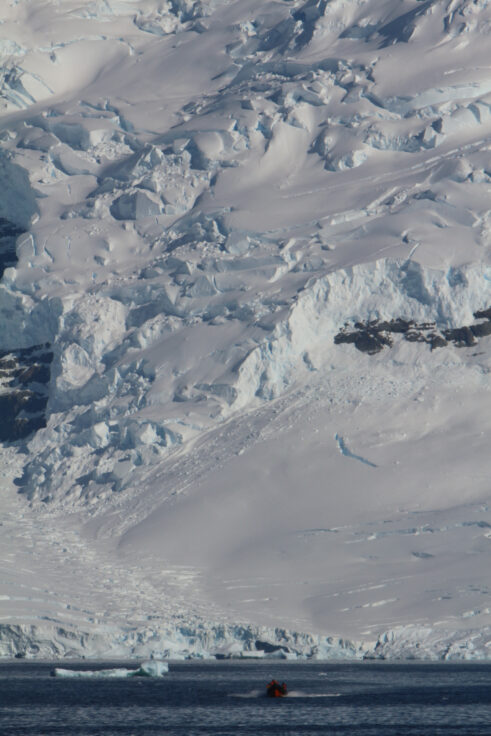
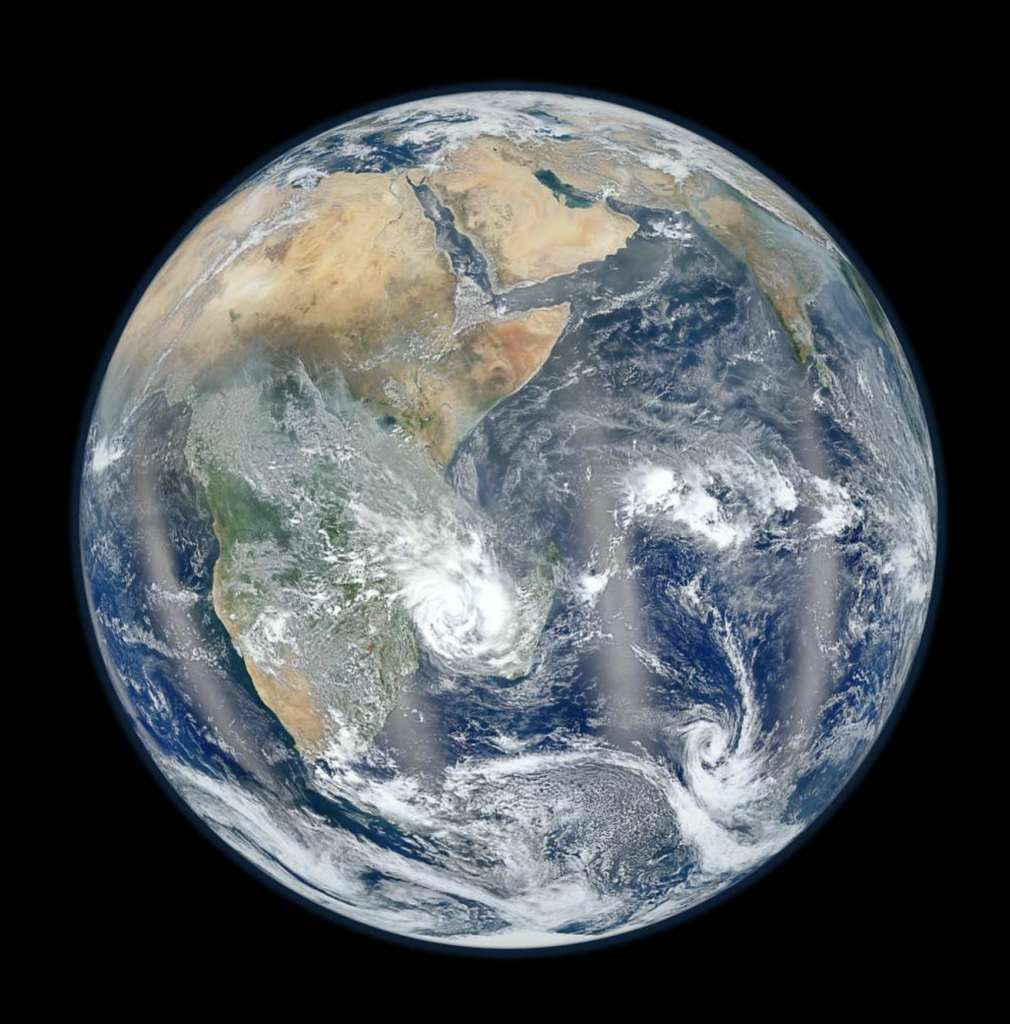
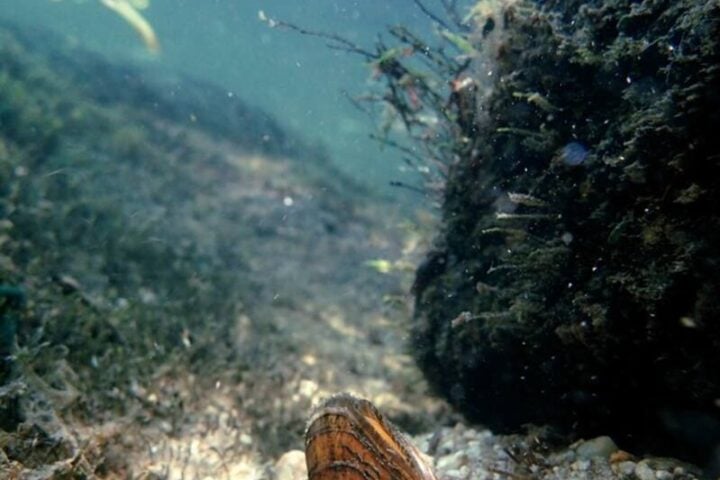
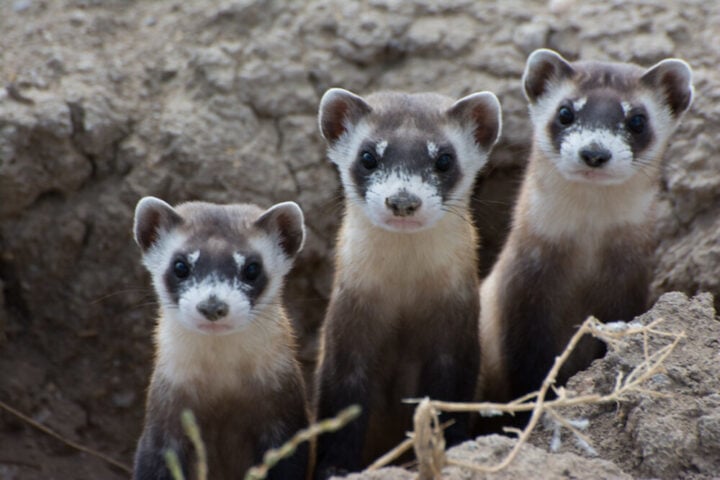
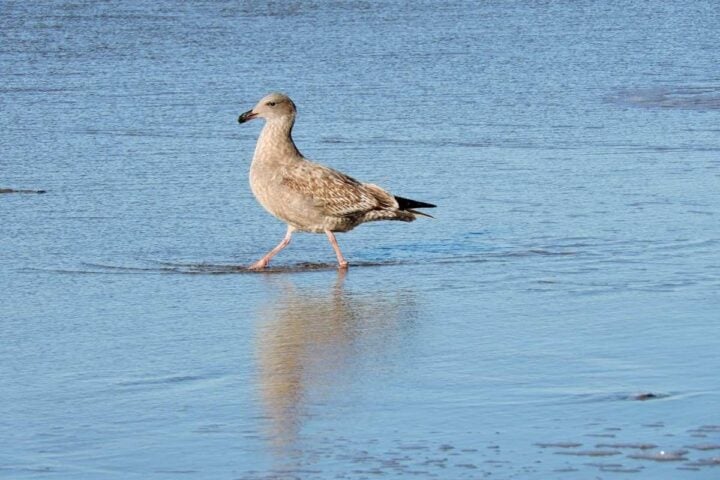

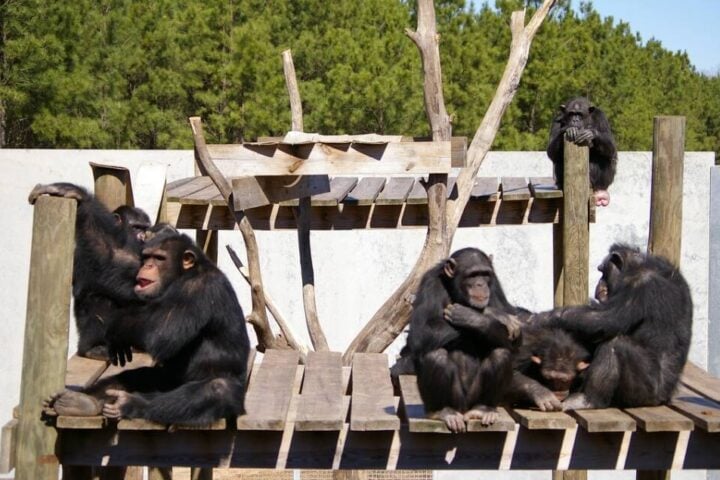
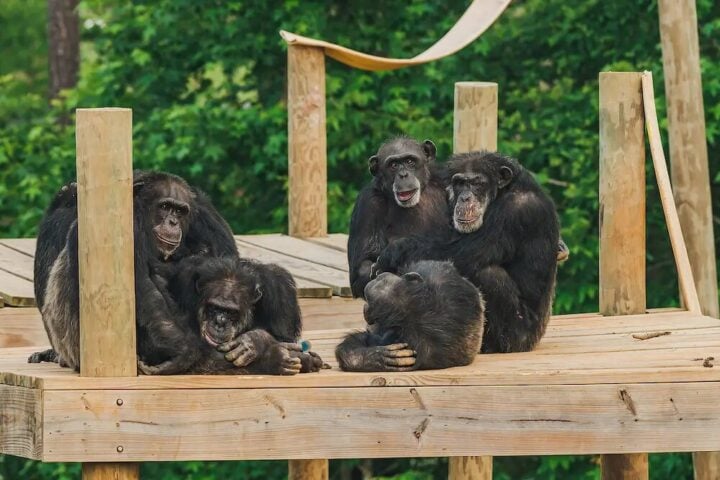

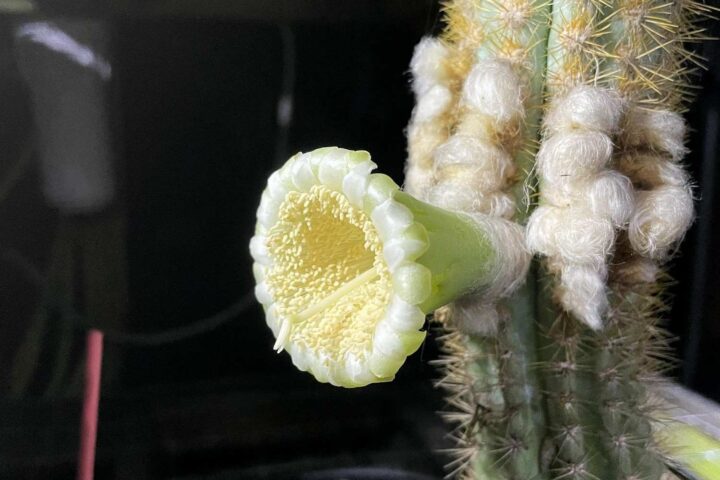
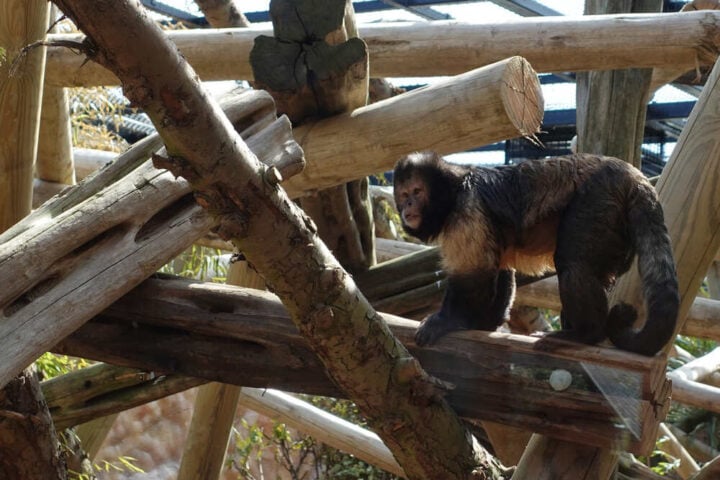
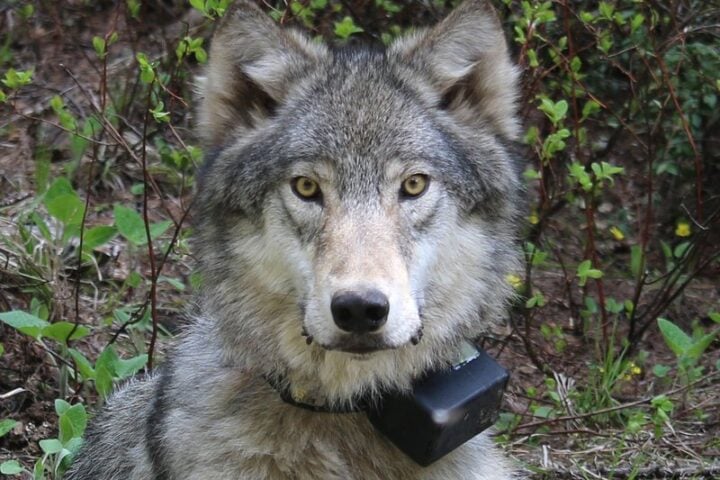
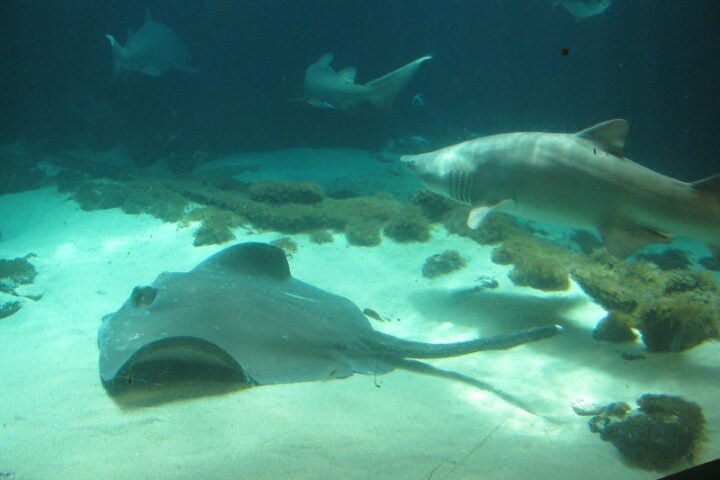
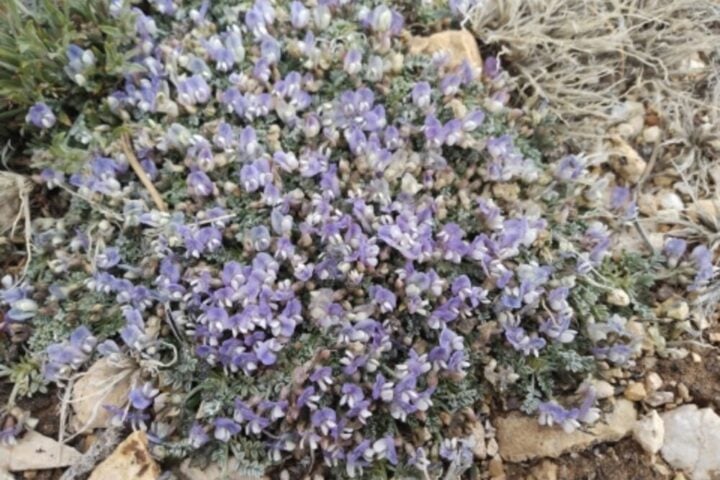
![Representative Image: European Starling [49/366]. Photo Source: Tim Sackton (CC BY-SA 2.0)](https://www.karmactive.com/wp-content/uploads/2025/04/Starlings-Drop-82-in-UK-Gardens-as-Birdwatch-2025-Reveals-Record-Low-Count-Since-1979-720x480.jpg)
